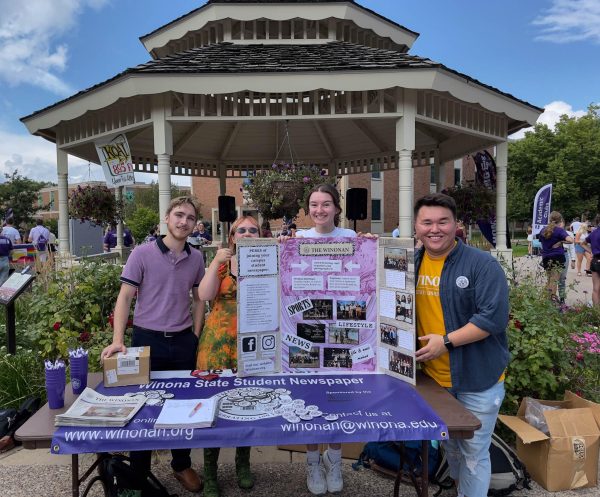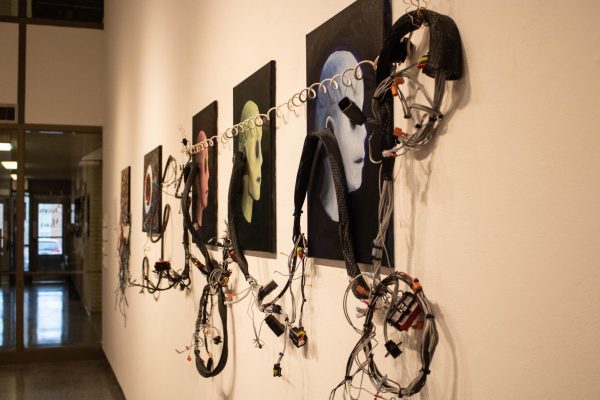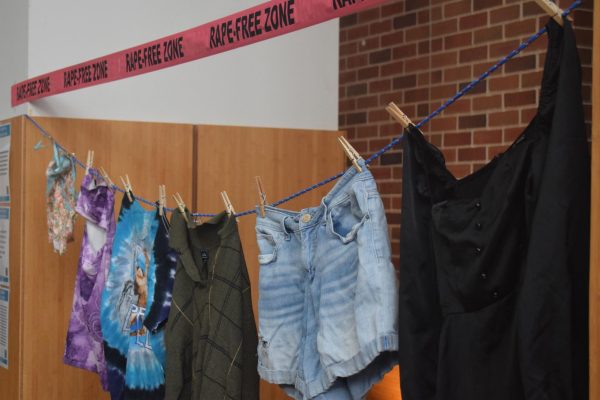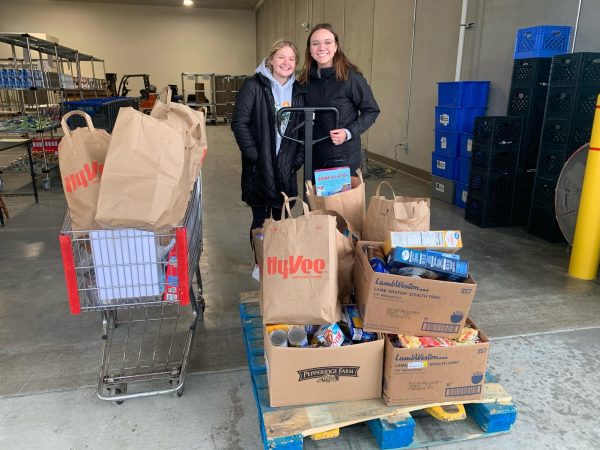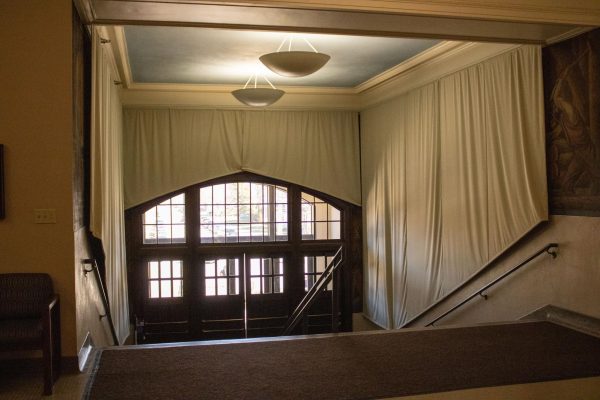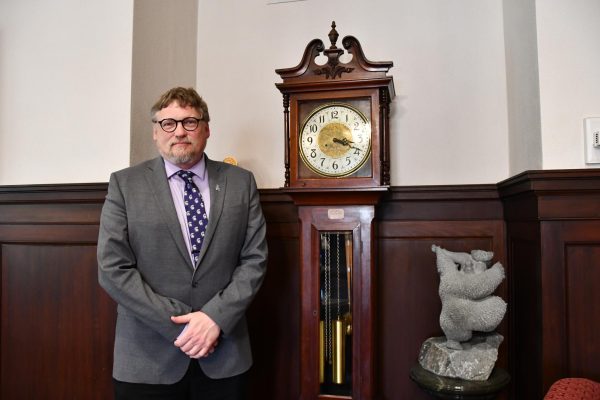Winona County introduces Smart911

September 11, 2019
Winona County is the first county in the state of Minnesota to utilize a new national program called Smart911.
However, surrounding counties are beginning to take advantage of the resources that Smart911 has to offer.
Public Safety Answering Point Supervisor Jenifer LaValla, explained the adoption of the program by Winona County stems largely from the disadvantages that dispatch operators are faced with when receiving 911 calls from cellphones, which make up 80% of all calls.
Calls made from landlines or business phones to 911 immediately provide the dispatch officer with information such as an address, a name corresponding with a resident or business owner and a callback number.
Calls made from cellphones do not provide the operators with any of this information.
When a cellphone calls 911, the 911 operator only receives a latitudinal and longitudinal coordinate for the cellphone tower that the phone made a ping off of. These cellphone towers accept signals from within a 5-mile radius.
LaValla states that this 5-mile radius is “an impossible search area to try and find somebody.”
Having a more specific location can get officers to the aid of somebody much faster than if they had to search within the boundaries of the cell tower. This saving of time can be lifesaving for a person having a medical emergency or that is in a life-threatening situation.
LaValla explained how to get started with the Smart911 program.
“Smart911 is a program that we use that allows people to go on their website, ‘smart911.com’ and register their information with whatever they would want a 911 dispatcher to know when they call from that device,” LaValla said.
Information that can be added to the profile can be as basic as a name, address and phone number, or can go into more in depth details such as medical history, vehicle descriptions, general layouts of the residence and photos can be uploaded to further help with identification.
LaValla said participants can add as much or as little as they want to their profile.
Smart911 is not only for college students, it is open to any citizen of a county that utilizes the technology and would like to register their device. This includes people that frequently travel to or through a county with the program.
Winona State students are urged by the Sheriff’s office to consider their family members and encourage them to sign up for the program as well.
A hypothetical situation in which travelers benefit from this program account that LaValla explained includes parents or family members driving down to visit a Winona State student and are involved in an accident on the way.
It is possible that, due to the unfamiliarity to the area, a family member is unable to describe their location. However, Smart911 would be able to help in that kind of situation.
Sometimes, people are involved in situations in which they cannot safely call 911. LaValla wants students to know that the Winona Count Dispatch Center is capable of receiving texts to 911 and that Smart911 in addition allows for instant messaging between a person and a 911 operator.
“The campaign is ‘call when you can, text when you can’t’ so if you’re ever in a situation where making a voice call would compromise your safety, we encourage you to text 911, but otherwise, voice call is always best,” LaValla said.
Finally, LaValla addressed many students concern about a breach in privacy and maintenance of the program by explaining that the information that you put into the program is only accessible by the dispatch office when the corresponding phone number calls. Information cannot be looked up or looked at when the phone number is not on the line.
In order to be as easy and unobtrusive as possible, users of Smart911 only receive email updates from the company once every six months as a reminder to update information.
For Winona State students, this most likely includes a change in a current home and/or work address.





























































